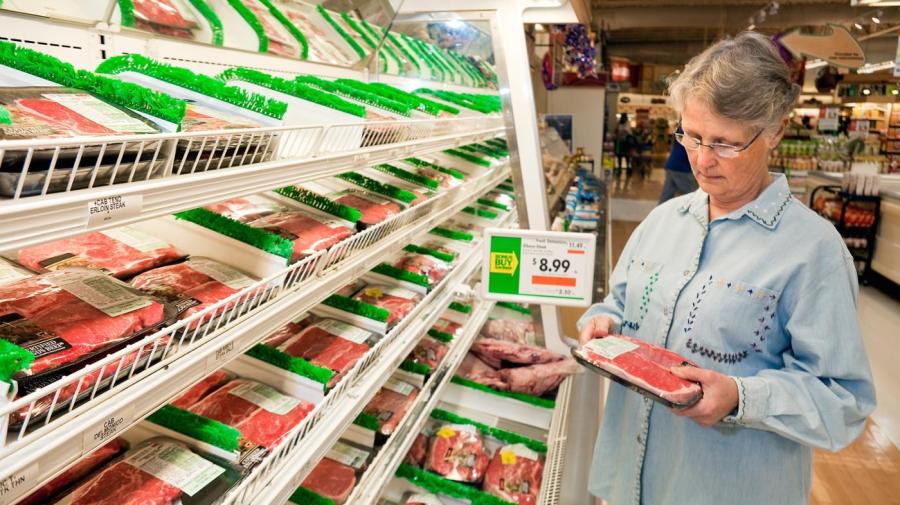What Is Primary and Secondary Packaging?

Primary packaging is the layer of packaging that comes in direct contact with the product. Secondary packaging is the layer of packaging that surrounds groups of pre-packaged parts that are enclosed in the primary packaging. Each layer of packaging serves a specific function.
Primary packaging is designed around the specific dimensions of the product and the secondary packaging layers. The main role of primary packaging is to protect the product from damage during storage and transportation. Often, products sit in storage for extended periods, and the primary packaging ensures that the product is not exposed to the external environment. Easy handling for consumers is another facet of primary packaging. Clamshells, shrink-wrap, paperboard and blister packs are common primary packaging styles.
Branding and display and logistics are the two major functions of secondary packaging. The design of the secondary packaging is critical to product marketing. Secondary packaging is the external, visible face of the product. Moreover, secondary packaging protects the primary packaging and may group several products together for ease of handling. This layer keeps the primary packaging safe and helps it retain its original shape during transport to a retail or consumer location. Cardboard boxes, cardboard cartons and plastic crates are common types of secondary packaging.





